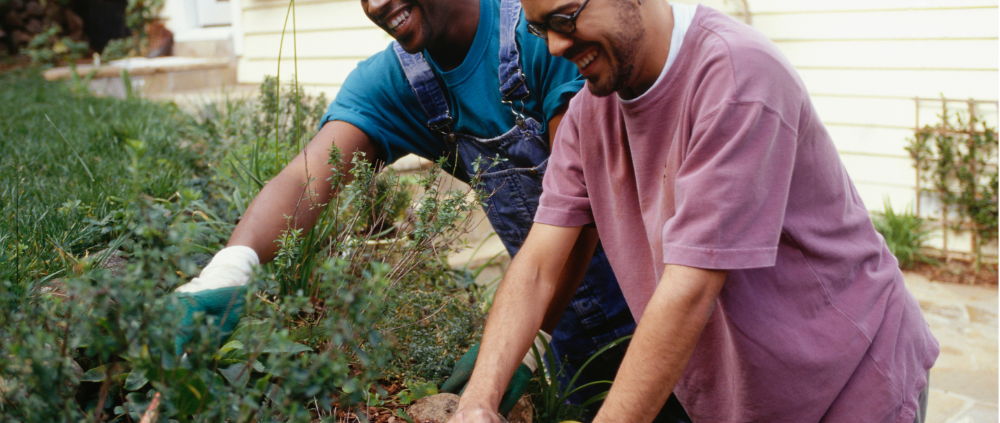PFAS and homegrown produce

Homegrown fruits and vegetables are part of a healthy diet, but watering your garden with PFAS-contaminated water can increase the levels of PFAS in soil and plants.
Unless you eat lots of homegrown produce all year, the produce is not likely to greatly increase your exposure to PFAS. If you are concerned, there are things you can do to lower the levels of PFAS in your garden produce.
PFAS and your health
Per- and poly-fluoroalkyl substances (PFAS) are a family of chemicals from toxic firefighting foam and other products. These chemicals exist throughout our environment and are associated with certain health impacts.
Whether a person will experience health impacts from PFAS in produce depends on the levels of PFAS in the plants, and how much and how often a person eats the produce. Other sources of PFAS exposure, and factors such as health history and lifestyle, also contribute to the potential for health impacts. We don’t know what level of PFAS in commercial or homegrown produce is “safe,” but scientists continue to research this issue. We do know that eating homegrown produce is generally a minor source of exposure.
For more information visit PFAS and your health.
Is my water contaminated with PFAS?
If you get drinking water from a public water system, visit the public water systems status document (Water system status) to see if your system has tested for PFAS. If your water provider is not listed, visit its website to see if it has tested outside CDPHE sampling programs. Or, you can reach out to the water system.
If you get drinking water from a private well, have the well tested for PFAS. Request free testing through the private well sampling application. (PFAS sampling request form for private well owners)
Lower the levels of PFAS in your homegrown produce
There is a lot we don’t know about how much PFAS can transfer from water and soil into produce and plants. But early research shows plant uptake of PFAS is based on type of produce, water source, and soil sources. If you are concerned about PFAS exposure from gardening, consider these ways to reduce exposure.
- Use a different water source: Switch to filtered water or rainwater to water your garden. Rainwater collection rules: Rainwater Collection in Colorado.
- Consider the type of produce: PFAS build up the most in leafy greens, root crops, and legumes. They build up less in fruits and grains. Focus on planting produce such as tomatoes, strawberries, and corn.
- Plant your garden in raised beds, using new soil. Make sure the roots of your plants won’t grow past the new soil. Note that the soil will become contaminated if watered with PFAS-containing water.
- Add other soil sources: High organic carbon sources, like peat and manure, may reduce PFAS uptake in plants.
- Wash all produce in clean water before eating. Peel root produce and remove outer leaves of leafy vegetables.
What about my chickens?
Chicken eggs take in a significant amount of PFAS. If you have backyard chickens and your water is contaminated, use a different source of water for your chickens.
The good news is, PFAS are eliminated in chicken eggs within weeks of removing the source of contamination.
Contact
For information about PFAS and your health, contact ToxCall at (303) 692-2606 or cdphe_toxcall@state.co.us